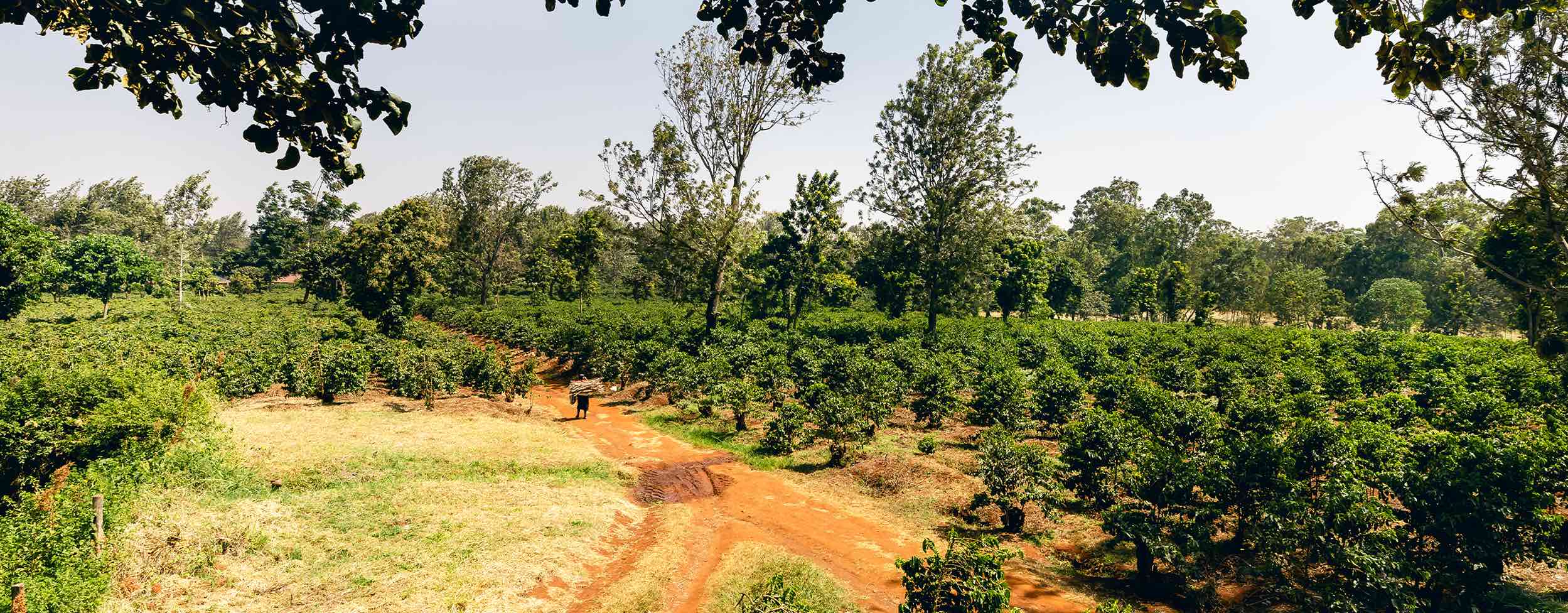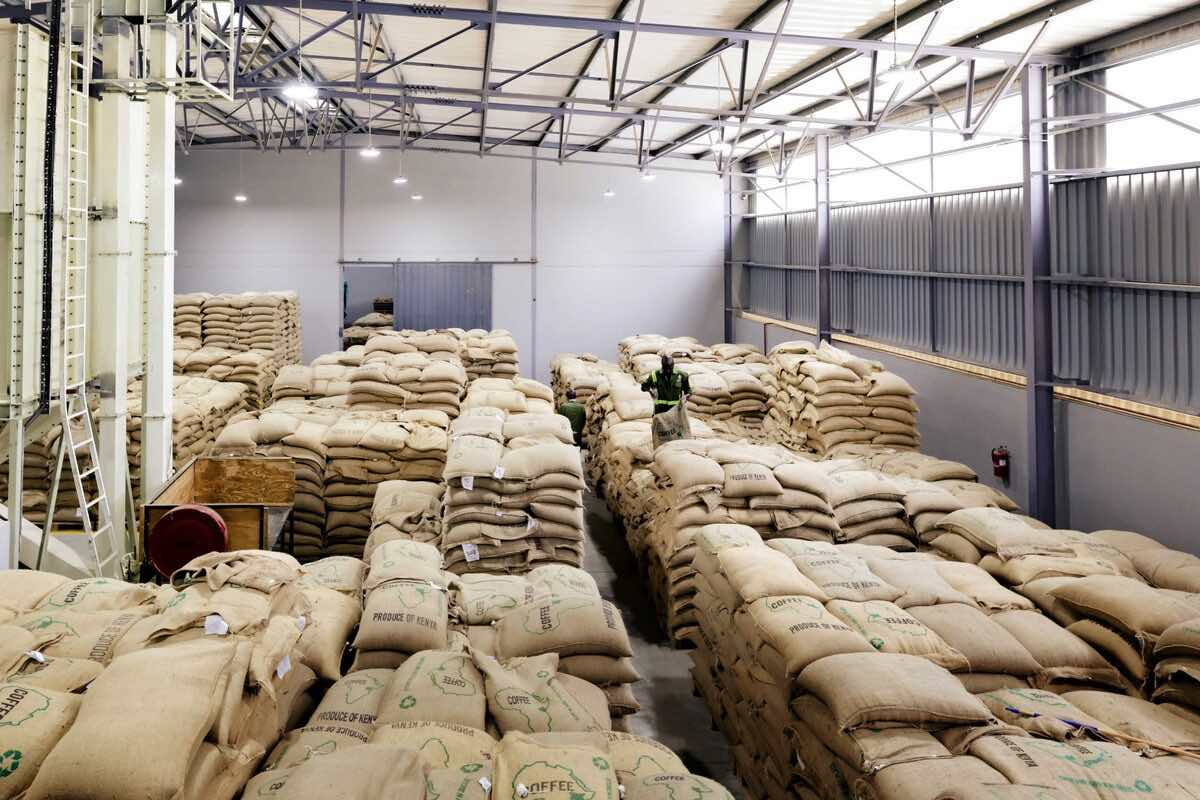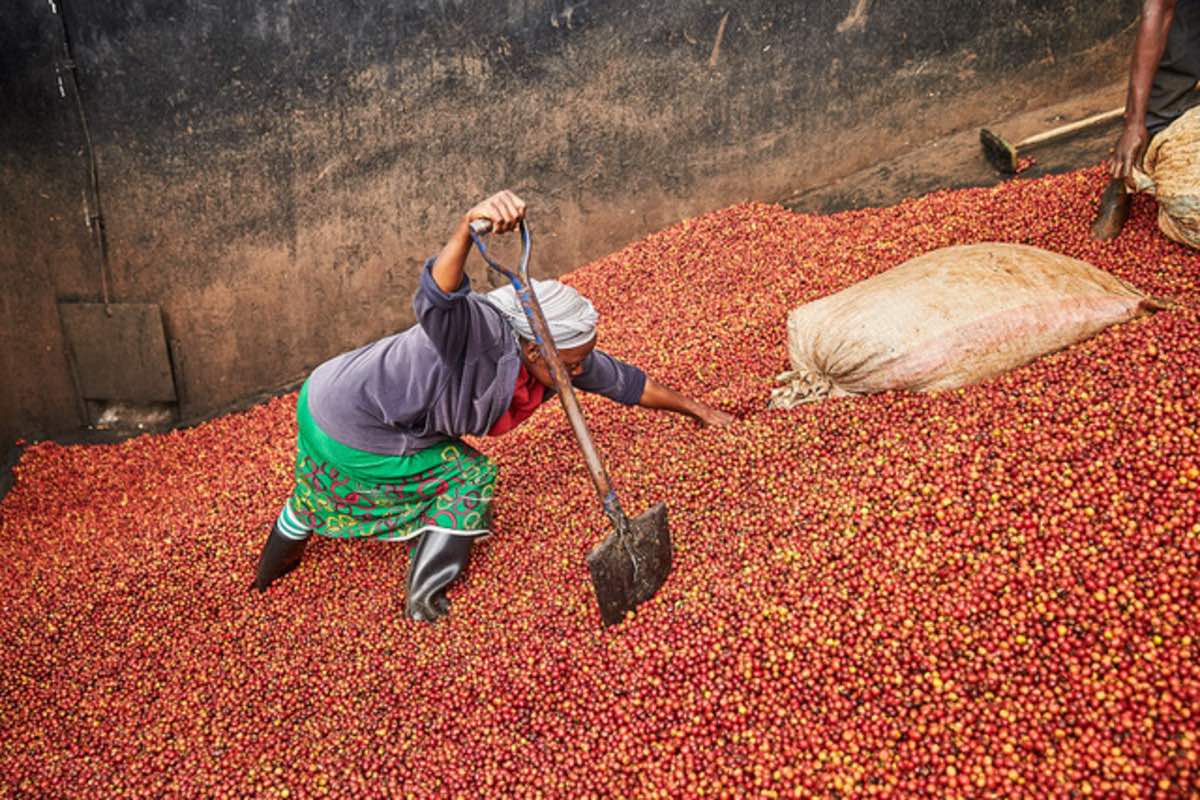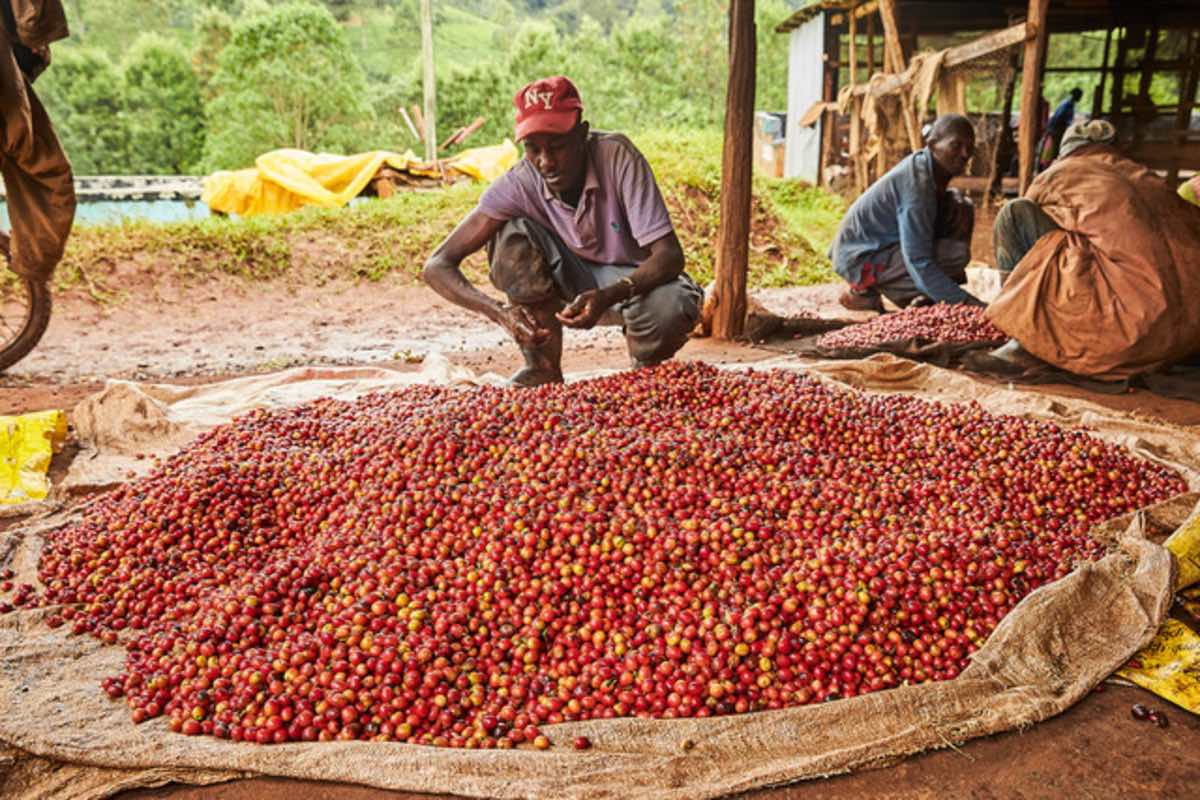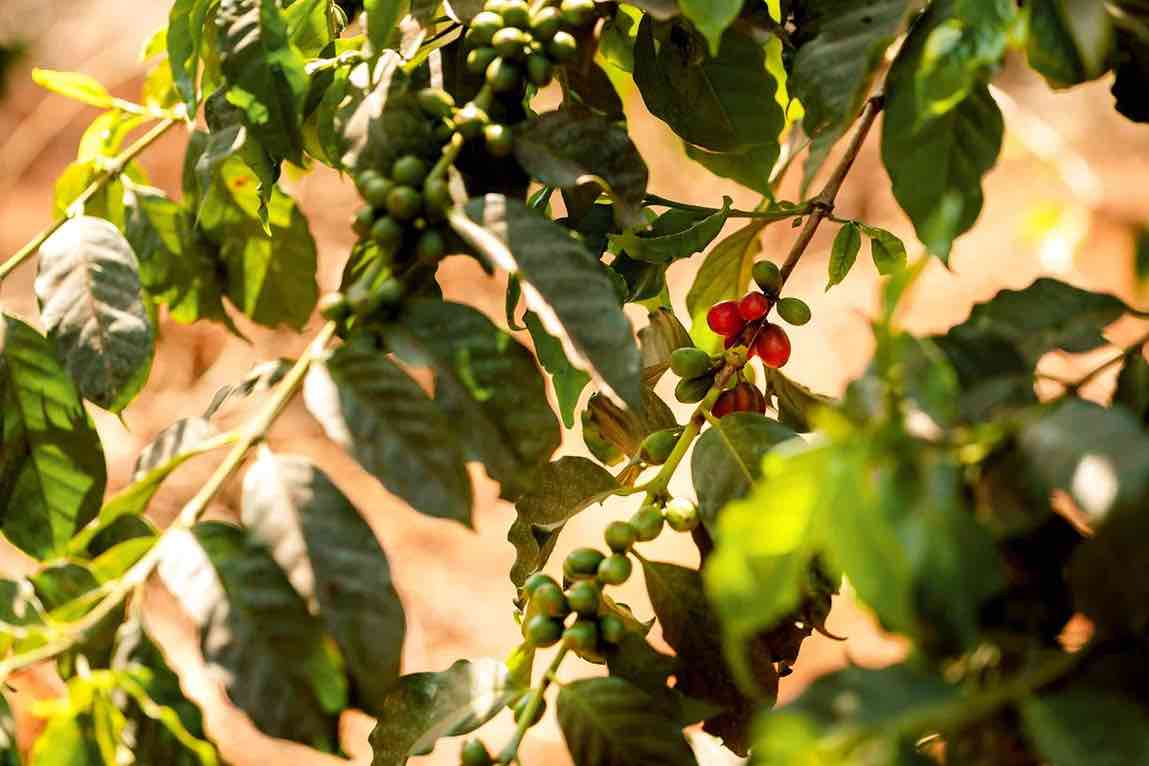
Kenya’s Top 5 Coffee Varieties by Servicoff Limited
Introduction
Each variety carries a unique story, flavor profile, and set of advantages. In this captivating exploration, we invite you to join us on a journey through Kenya’s top 5 coffee varieties, meticulously curated by Servicoff Limited. From their origins to growing conditions, harvesting periods, and beyond, we delve into the intricacies of these coffee varieties that define Kenya’s place on the global coffee map.
1. SL28: The Classic Kenyan Icon
- Advantages: SL28 is celebrated for its exceptional flavor complexity, characterized by bright acidity, fruity notes, and a full body. It’s well-suited for specialty coffee due to its distinctive profile.
- Setbacks: This variety can be vulnerable to diseases, impacting yield and quality.
- Growing Conditions: SL28 thrives in altitudes of around 1,600 to 2,100 meters, in volcanic soil rich in nutrients.
- Harvesting Period: This variety is typically harvested between April and July.
- History and Origin: SL28 originated in Kenya during the 1930s, known for its exceptional cupping qualities.
2. SL34: The Balanced Gem
- Advantages: SL34 offers a well-balanced cup with bright acidity, a pleasant body, and notes of berries and citrus.
- Setbacks: Similar to SL28, SL34 is also susceptible to disease, impacting its yield.
- Growing Conditions: SL34 thrives in elevations of 1,500 to 2,100 meters, preferring areas with well-draining soil.
- Harvesting Period: Harvesting takes place between April and July.
- History and Origin: Developed in the 1930s by Scott Agricultural Laboratories in Kenya, SL34 was created as a cross between French Mission and Moka.
3. Ruiru 11: The Resilient Innovator
- Advantages: Ruiru 11 is known for its disease resistance, making it an excellent choice for sustainable farming practices.
- Setbacks: Some claim that Ruiru 11 can occasionally have a slightly bitter taste in comparison to other varieties.
- Growing Conditions: It thrives in various altitudes, providing flexibility to farmers, and adapts well to different soils.
- Harvesting Period: The harvesting period extends from April to August.
- History and Origin: Bred by the Coffee Research Institute in Kenya, Ruiru 11 was developed as a response to the challenges posed by coffee berry disease and coffee leaf rust.
4. Batian: The High-Altitude Marvel
- Advantages: In addition, Batian’s distinct flavors include floral and berry notes, coupled with a bright acidity that defines high-quality Kenyan coffee.
- Setbacks: Limited availability of Batian seeds can pose challenges to its cultivation.
- Growing Conditions: It thrives in elevations of 1,900 to 2,300 meters, making it ideal for high-altitude farming.
- Harvesting Period: Harvesting typically occurs between June and August.
- History and Origin: Batian is a relatively newer hybrid developed by the Coffee Research Institute, aimed at improving yield and resistance to disease.
5. K7: The Disease-Resistant Contender
- Advantages: The key Takeaway is that, K7 stands out for its exceptional disease resistance, making it a reliable option for farmers.
- Setbacks: It might lack the complex flavor profile of some other Kenyan varieties.
- Growing Conditions: K7 thrives in a wide range of altitudes and is known for its adaptability to various soils.
- Harvesting Period: The harvesting window is typically from April to August.
- History and Origin: K7 was developed in the 1980s as part of a breeding program to address the challenges of disease in Kenyan coffee.
Conclusion
Altogether Each of these top 5 Kenyan coffee varieties carries a story, a history, and a unique set of advantages that contribute to Kenya’s esteemed position in the coffee world. Whether you prefer the classic elegance of SL28 or the innovative resilience of Ruiru 11, each variety contributes to a diverse tapestry that celebrates the artistry of coffee cultivation.



